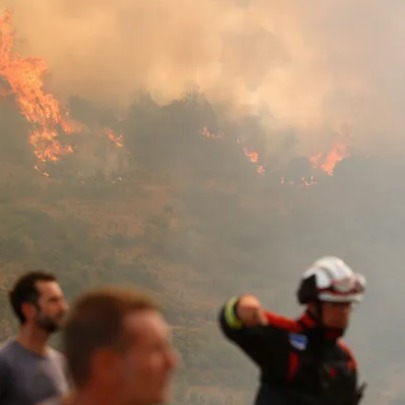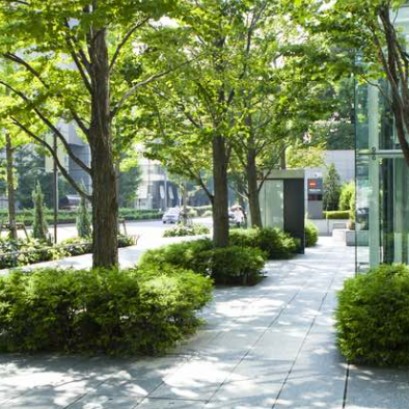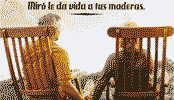
FAIMA organiza un nuevo Congreso Maderero: Formación y reflexión en un marco de reformas
FAIMA organiza el 137° Congreso Maderero: “Formación y reflexión en un marco de reformas”, que se realizará el 24 y 25 de noviembre en la Ciudad Autónoma de Buenos Aires, con la participación de representantes de las 27 Cámaras de todo el país que integran la Federación.
Una mejor actividad gremial empresaria implica una mejor representación de los intereses del sector. Por eso, durante la primera jornada el Congreso se focalizará en la capacitación de los dirigentes gremiales empresarios del sector.
Se realizará el taller “Autogestión y Liderazgo en tiempos de cambio”, a cargo de Jorge Cámpora, experto en liderazgo y desarrollo organizacional; y el taller de “Sensibilización sobre competitividad en la fábrica”, a cargo de expertos del INTI. Se presentará también un informe de coyuntura del sector y los primeros datos del Observatorio de la Industria de la Madera y el Mueble - OIMyM 2017. También tendrán lugar paneles especiales orientados a discutir temáticas vinculadas con las reformas laborales y tributarias que se están evaluando. En la segunda jornada tendrá su espacio habitual las presentaciones de las Cámaras mediante ponencias.
FAIMA organiza dos Congresos al año en los que se presentan la estrategia del sector y las tendencias para mejorar la competitividad de la cadena de valor foresto industrial, en los que participan miembros de las 27 Cámaras que integran la Federación.

IT MAY INTEREST YOU
 The forestry industry will have a prominent presence at the XIV National Agribusiness Forum of LIDE Argentina
The forestry industry will have a prominent presence at the XIV National Agribusiness Forum of LIDE Argentina
LIDE Argentina announced the holding of the XIV National Agribusiness Forum, which will take place on Wednesday, October 29 at the Alvear Icon Hotel, in the City of Buenos Aires.
 Recovery after the fire: We will not have forests again for decades, but species such as oaks and pines can regenerate naturally
Recovery after the fire: We will not have forests again for decades, but species such as oaks and pines can regenerate naturally
Experts recommend protecting burned soil especially the first year
 The trees that best cool cities: keys to planting against urban heat
The trees that best cool cities: keys to planting against urban heat
Urban trees are not just an ornament: they are climate infrastructure. Some species cool more than others thanks to their shade and evapotranspiration. Researchers in Valencia identified which ones work best to reduce temperatures in urban environments and how their correct distribution can transform sweltering neighborhoods into liveable places.






















